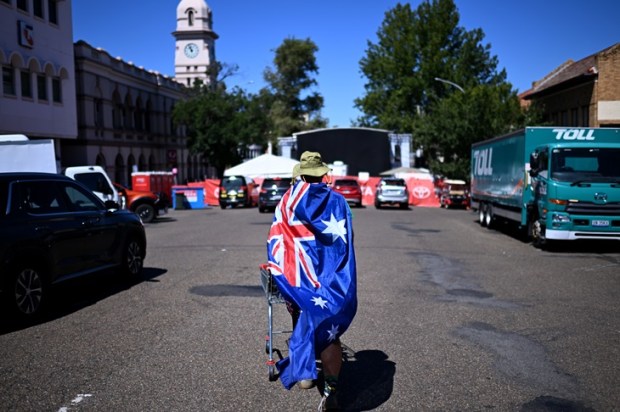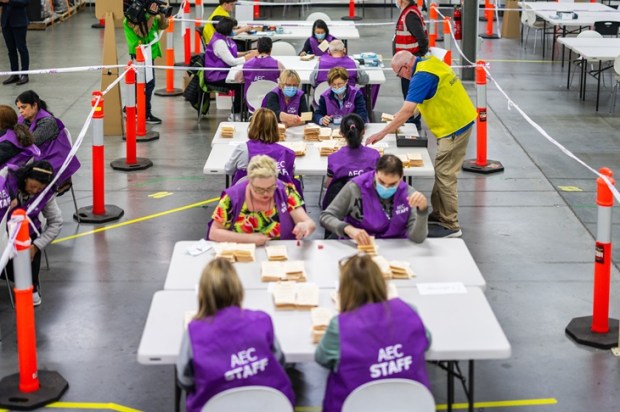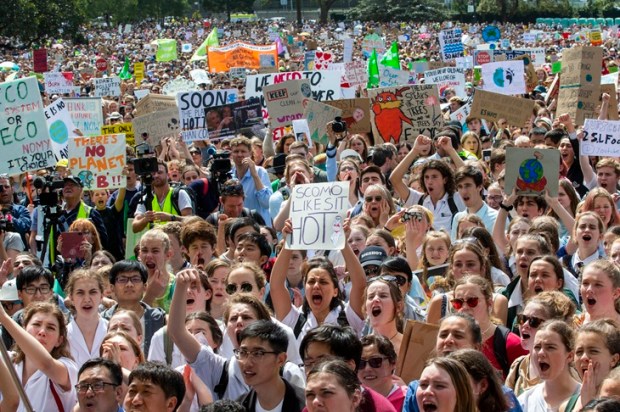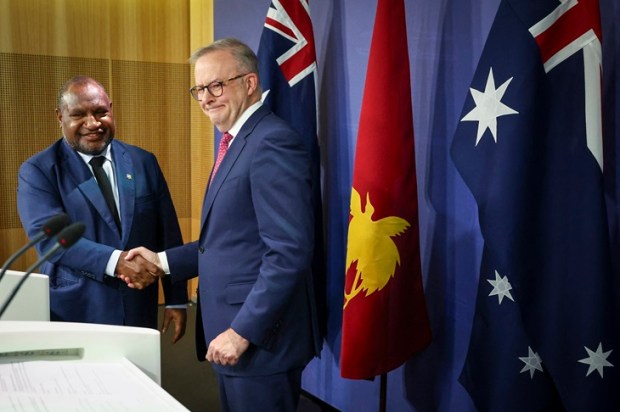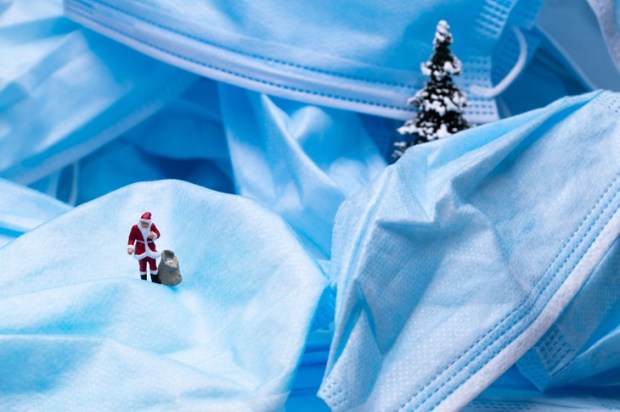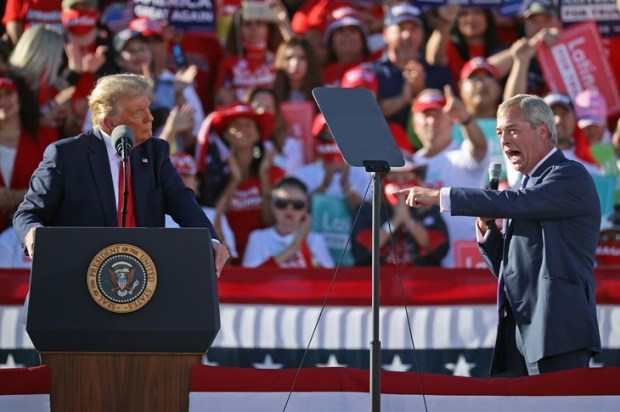The 2032 Olympic Games, to be held in Brisbane, are the latest Antipodean version of half of the 2,000-year-old concept of panem et circenses (bread and circuses) first described by the Roman satirist, Juvenal, (‘give them bread and circuses and they will never revolt’) to describe the policies of ancient Roman governments designed to anaesthetise public discontent through lavish entertainment and free handouts.
With the recent announcement of final government funding arrangements for the Brisbane Olympics, the circenses part of the social control formula is now clearly delineated whilst the panem component has also made its latest appearance with the cynical, 15-months-hence, $5 per week tax cut just announced in the Federal Budget.
After a few false planning starts, a change of state government from Labor to Liberal-National, and a 100-day independent review commissioned by the new LNP government, there is to be a brand spanking new 63,000-seat stadium (concreting over Victoria Park, Brisbane’s largest remaining inner-city green space), an equally new 25,000-seat aquatics centre, and a 20,000-seat boutique stadium to be constructed at the Brisbane Showgrounds.
With all the new builds and upgrades, transport, and other supporting infrastructure, the Olympics is set to cost a cool $7 billion (that’s billion with a ‘b’) in a 50/50 cost-sharing deal between the Queensland and federal governments for the infrastructure alone. Given that all of the summer Olympics since 1960 have had an average budget overrun of 336 per cent in nominal terms (and 195 per cent in inflation-adjusted terms), who knows what the financial blow-out for the Brisbane Games could be betwixt now and 2032.
The new LNP Premier, David Crisafulli, when campaigning for election last November, had vowed there would be no costly new arena built but that fiscally-prudent promise has now, par for the political course, been binned presumably because there is too much reflected Olympic glory to be had for athlete-adjacent politicians in love with big, flashy new capital expenditure projects and hard-hat photo opportunities.
The Games were awarded to Brisbane way back in 2021 with no-contest. Brisbane was the sole city eventually invited by the International Olympic Committee to formally tender from an initial handful of countries who had proffered expressions of interest. The IOC’s hand was forced because no country other than the sports-crazy and chronically fiscally-incontinent Australia would have been suckered into hosting the hideously expensive Olympics (it took Montreal, for example, 30 years to pay off its 1976 Olympics debt which had blown out to 700 per cent of its initial budget). So where is Australia getting the money to pay for it all? Why, from taxpayers and international financial market loans, of course, the usual bottomless cookie jars for big-spending governments.
With a nod to the cost-of-living crisis that taxpayers are knee-deep in, there has been some pretence to presenting the 2032 Games as the ‘Budget Games’. The new, super-duper Victoria Park stadium will be the smallest new main stadium for an Olympic Games since Amsterdam’s 1926 Olympics stadium (which held just 31,600) although the new National Aquatic Centre is to be the third-largest ever Olympics swimming venue (no doubt waved through by Australian politicians hoping to ride in the wake of Australia’s international swimming dominance).
In a few years, we will be again be swamped with the usual Olympic platitudes about international harmony through sport so we can ignore all the pressing downsides of the new diverse Big Australia.
There will be sober reminders in the run-up to the games about how the Olympics north of the Tweed will be worth the cost because of the purported (but rarely materialising) economic legacies they will leave (from tourism), the health benefits for a population inspired to get physically active (at least until TV resumes normal programming), and how Taylor Swift will now be able to add another stop to her Australian itinerary.
The true Olympics legacy, however, will lie in the government accountants’ ledgers, coloured a deep shade of fiscal red. When it comes to government debt, there is a lot of international competition but, apart from swimming, cricket, and Gout Gout, Australia is odds-on to medal on the debt podium come 2032. A few billion here and a few billion there and, before you know it, you’ve got an unpaid government debt of one trillion dollars if you are the federal government or a $200 billion debt if you are the Queensland government.
And, to top it all off, the IOC contract for the 2032 Olympics commits the organisers to ‘aiming at removing more carbon from the atmosphere than what the Games project emits’. What more could anyone ask for?


